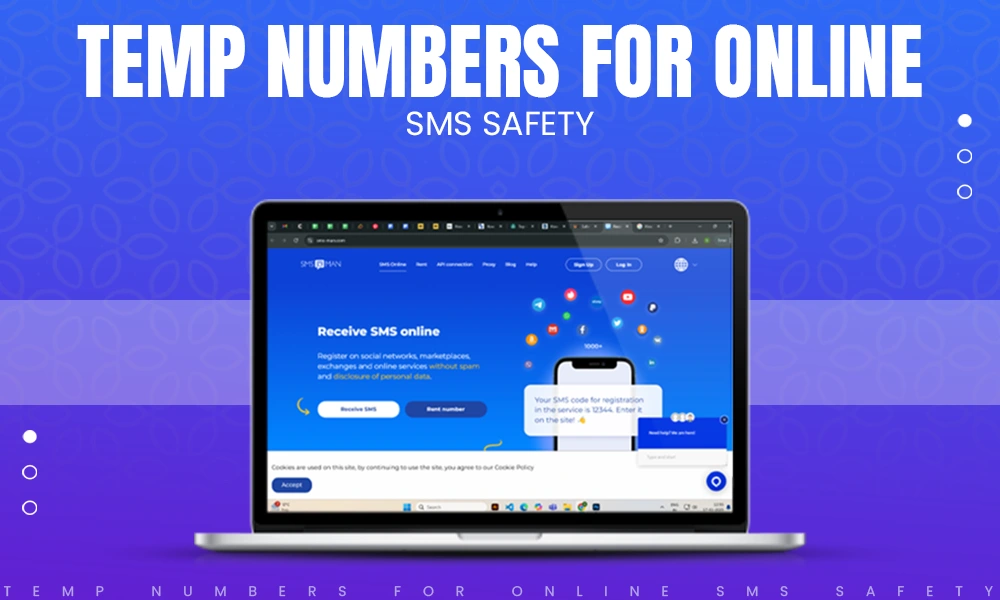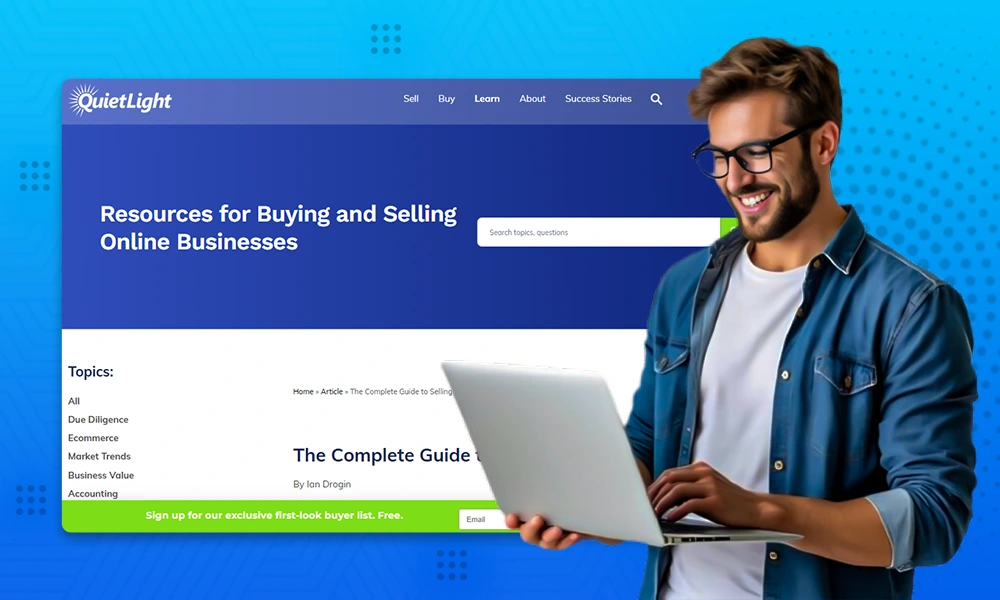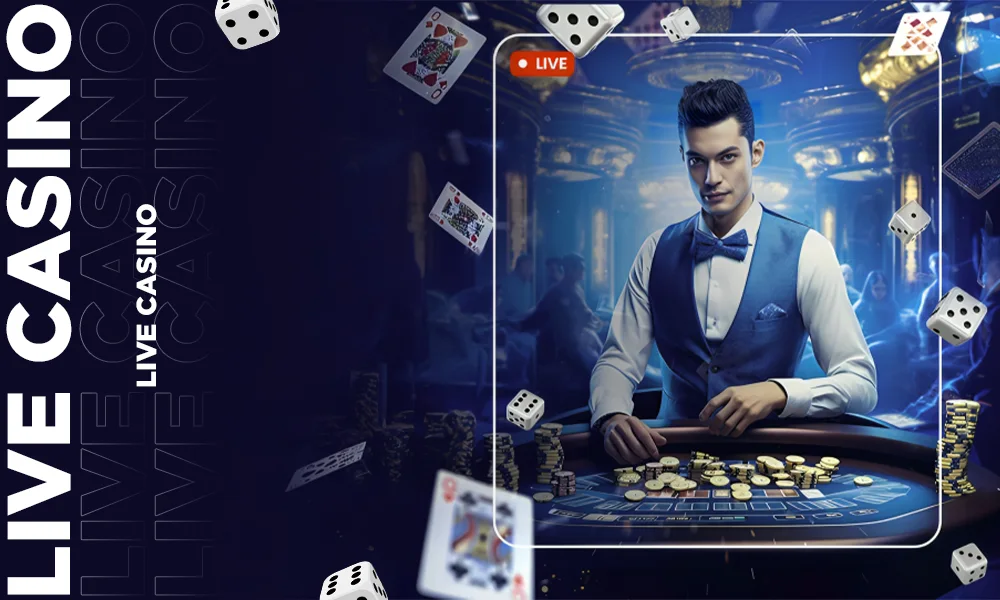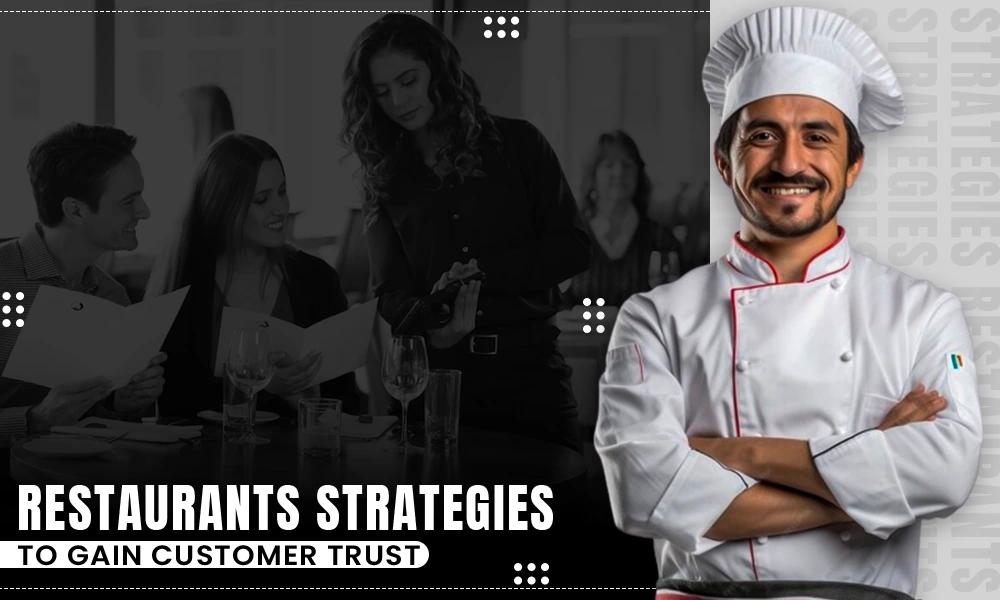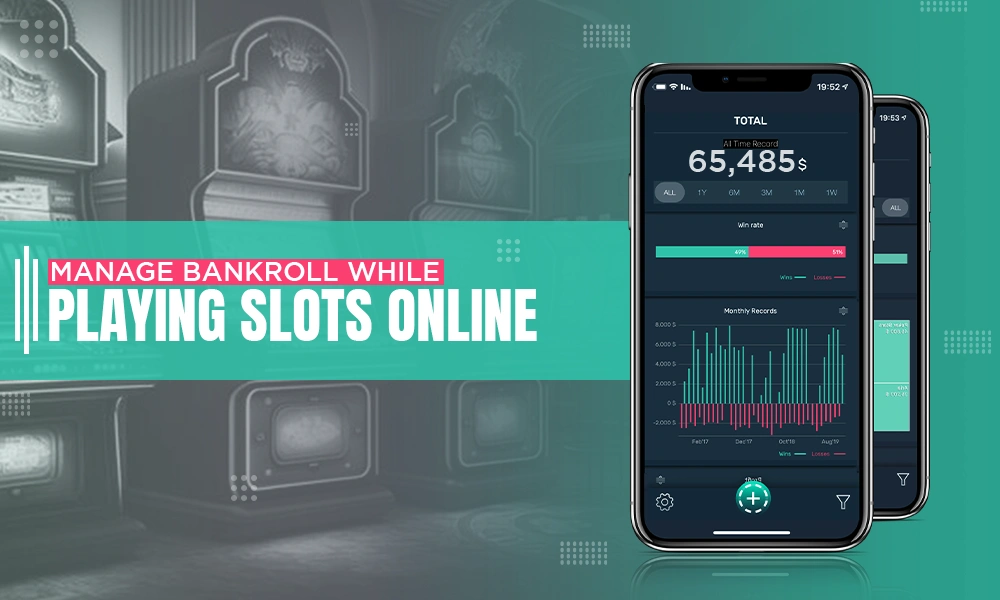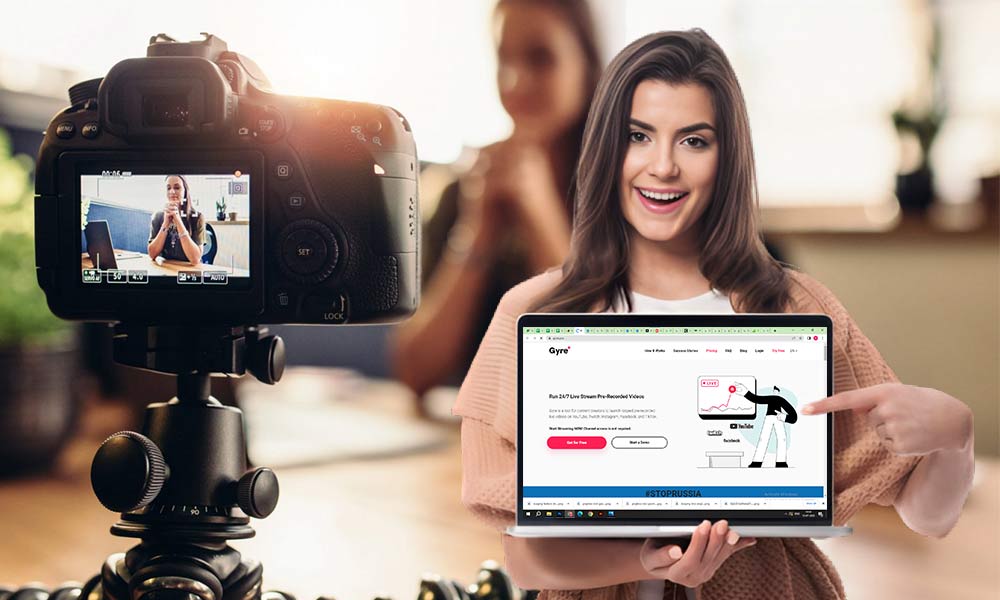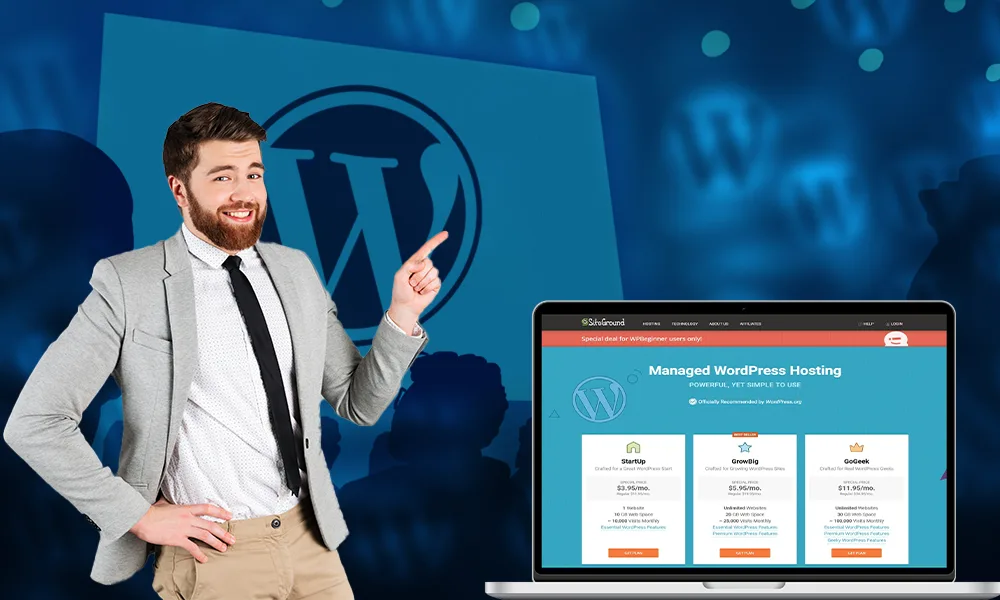How To Identify And Target The Right Buyers For Your Sales Pipeline?
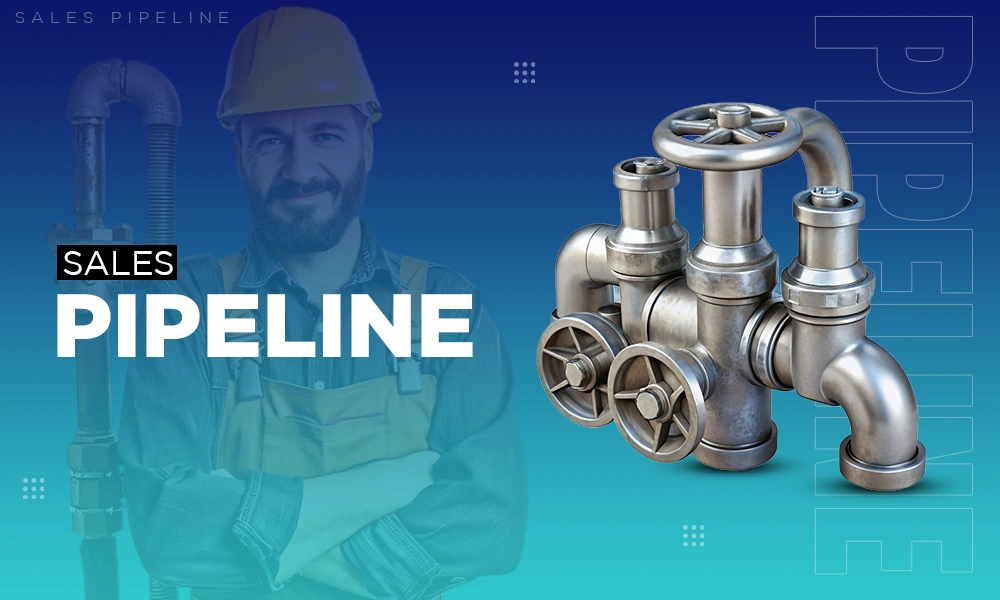
Finding the perfect buyers for a sales pipeline can feel like a daunting treasure hunt. It’s not about casting a wide net and hoping for the best; it’s about being a savvy detective, looking for specific clues to find the perfect match. A successful sales team knows that the real magic isn’t just in the selling, but in identifying who is most likely to buy and why.
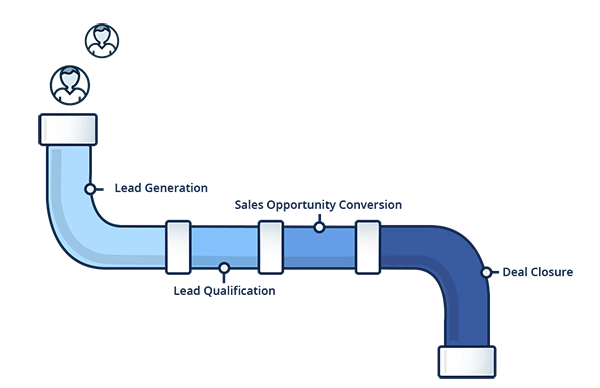
The Clues: Defining Your Ideal Customer Profile
The first step in this detective work is to create a detailed profile of the ideal customer. This isn’t just a simple demographic summary. It’s a deep dive into the “who, what, and why” of their existence. Think about their industry, company size, and revenue. But then, go further. What are their pain points? What challenges keep them up at night? What are their goals, both personal and professional? By understanding their world, one can speak their language and offer solutions that truly resonate. This profile acts as the compass, pointing the way to the most promising prospects.
The Search: Where To Look For These Buyers
Once the profile is defined, it’s time to go on the hunt. The right buyers aren’t hiding in plain sight; they are often found in very specific places. Social media platforms like LinkedIn are a goldmine for professional connections and industry insights. Attending relevant trade shows, webinars, and conferences allows for face-to-face interaction and genuine networking. Industry-specific forums and online communities are excellent places to listen to conversations and understand what potential buyers are talking about. It’s about being present where the ideal customers are, not just shouting into the void.
The Approach: Tailoring The Message
After finding these potential buyers, the approach is everything. A one-size-fits-all pitch is a surefire way to be ignored. The message must be tailored to their specific needs and challenges. Instead of listing generic features, a savvy salesperson talks about solutions. For example, instead of saying, “Our software has XYZ feature,” they might say, “Our software helps businesses like yours overcome the challenge of data siloization, allowing for more streamlined decision-making.” This shift in focus from product to solution makes the conversation about the buyer, not the seller. It shows a genuine understanding of their world and builds trust.
The Final Stage: Nurturing The Relationship
Finally, a truly successful sales pipeline isn’t just about the initial contact; it’s about nurturing the relationship. Not every buyer is ready to purchase on the first interaction. They might be in a different stage of their buying journey. By providing valuable content—like whitepapers, case studies, or blog posts—that addresses their pain points, a salesperson stays top-of-mind without being overly pushy. This continuous engagement builds a relationship over time, ensuring that when the buyer is ready to make a decision, they think of you first. By identifying, targeting, and nurturing the right buyers, a sales pipeline transforms from a hopeful guess into a predictable and powerful engine for growth.
